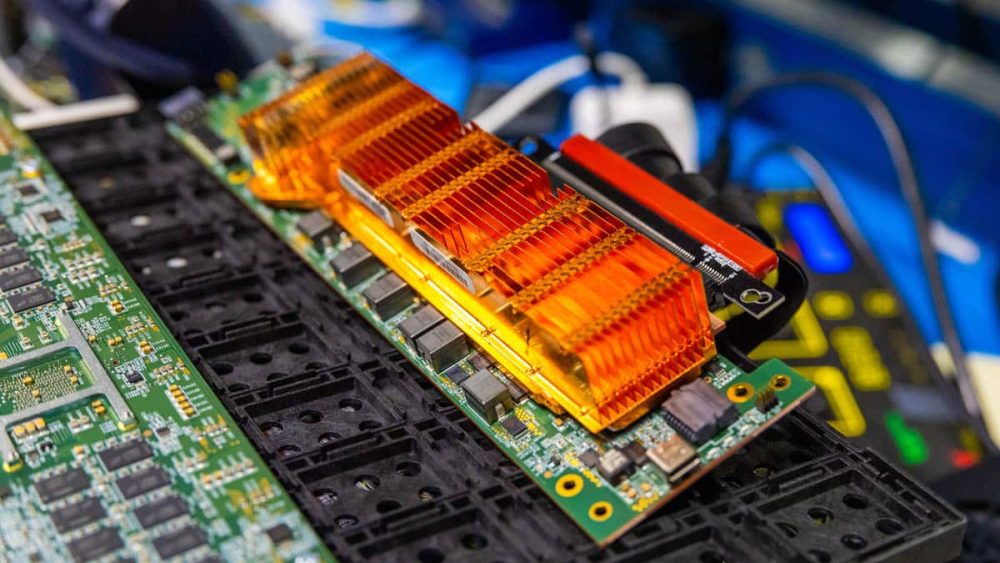Researchers at the FAMU-FSU College of Engineering and Florida State University’s Center for Advanced Power Systems (CAPS) have helped develop a new way to make superconducting cables more reliable, efficient, and affordable, even when the underlying wires have manufacturing defects.
Working with Colorado-based Advanced Conductor Technologies (ACT) and New York-based SuperPower Inc., the team supported a cable design that uses multiple strands of superconducting tape instead of relying on a single flawless wire. The concept is simple but powerful: when electrical current hits a defect in one strand, it can jump to a neighboring strand and keep flowing with minimal disruption.
The work, published in Superconductor Science and Technology, tackles one of the biggest practical problems in superconducting technology: real wires are never perfect. Tiny defects are unavoidable in manufacturing and can limit performance or force manufacturers to discard large lengths of otherwise usable wire.
From Single Wire To Robust Cable
The new cable approach builds on Conductor on Round Core (CORC) technology previously developed with ACT. CORC wires are made by spirally winding multiple superconducting tapes around a core. Instead of soldering the tapes together, they are pressed into close contact so that electricity can naturally redistribute between them.
This architecture offers several advantages:
- Current sharing: if one tape has a defect, current automatically reroutes through the others.
- Less waste: wires previously considered “defective” (VIC wires) can be used without sacrificing performance.
- Flexibility and strength: the round cable design is mechanically robust and easier to handle in real-world systems.
Tests showed that coils made with VIC wires performed just as well as coils made from near-perfect wires, a result that could dramatically improve production yield and lower costs.
Collaboration That Reaches The Real World
The project is a direct result of long-term collaboration between FSU researchers and industry through U.S. SBIR/STTR programs. Companies gain access to advanced facilities and scientific expertise, while the university ensures its research translates into commercial products rather than staying in the lab.
According to the partners, this work helps unlock low-cost, high-performance superconducting cables suitable for demanding applications such as:
- next-generation electric motors and generators
- fusion reactors and particle accelerators
- ships, electric aircraft, and power systems
- medical and industrial magnet systems
- future AI data centers and advanced power grids
High-Temperature Superconductors, Lower Barriers
Early superconductors needed ultra-cold temperatures near absolute zero. The current generation of high-temperature superconductors can operate at around 77 K with simpler cooling, making real-world deployment much more feasible.
By combining advanced cable architecture with the ability to reuse “imperfect” wire, the new design helps push superconducting technology closer to mainstream adoption, delivering efficient, resilient power systems without demanding perfection from every wire strand.


